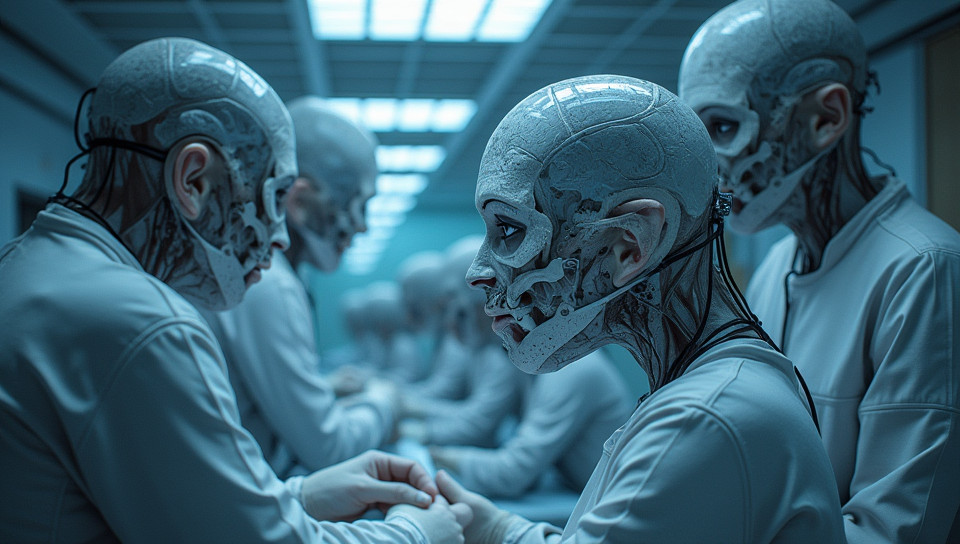Studies of NDEs are beginning 68%

Unlocking the Mysteries of Near-Death Experiences
For decades, near-death experiences (NDEs) have fascinated scientists and the general public alike. While some view NDEs as mystical or supernatural events, others see them as an opportunity to gain insights into the human brain's workings. As research in this field begins to pick up momentum, we may be on the cusp of unlocking some of the greatest mysteries of human consciousness.
The Rise of Near-Death Experience Research
In recent years, there has been a surge of interest in studying NDEs from a scientific perspective. Researchers are using cutting-edge techniques such as functional magnetic resonance imaging (fMRI) and electroencephalography (EEG) to investigate the neural correlates of NDEs.
What are Near-Death Experiences?
A near-death experience is a profound psychological, emotional, and spiritual event that people may have when they come close to death or believe themselves to be near death. Common features of NDEs include feelings of peace and joy, a sense of detachment from one's body, and encounters with deceased loved ones.
- Some common characteristics of NDEs include:
- Feelings of peace and joy
- A sense of detachment from one's body
- Encounters with deceased loved ones
- A feeling of moving through a tunnel or passageway
- Experiencing a life review
The Science Behind NDEs
While the exact causes of NDEs are still unknown, researchers have proposed several theories. One possibility is that NDEs occur when the brain's default mode network (DMN) is activated. The DMN is responsible for introspection, self-reflection, and mind-wandering.
Implications for Our Understanding of Human Consciousness
The study of NDEs has far-reaching implications for our understanding of human consciousness. By investigating the neural mechanisms underlying NDEs, researchers may gain insights into the nature of consciousness itself. This could have significant consequences for fields such as psychology, neuroscience, and philosophy.
Conclusion
As research on NDEs continues to evolve, we may be on the cusp of a major breakthrough in our understanding of human consciousness. By studying these profound experiences, scientists can gain a deeper appreciation for the mysteries of the human brain and the nature of existence itself. As we continue to unravel the secrets of NDEs, we may discover new avenues for improving mental health, reducing suffering, and expanding our collective knowledge of the universe.
- Created by: Arjun Singh
- Created at: Jan. 26, 2025, 12:16 p.m.
- ID: 19042



